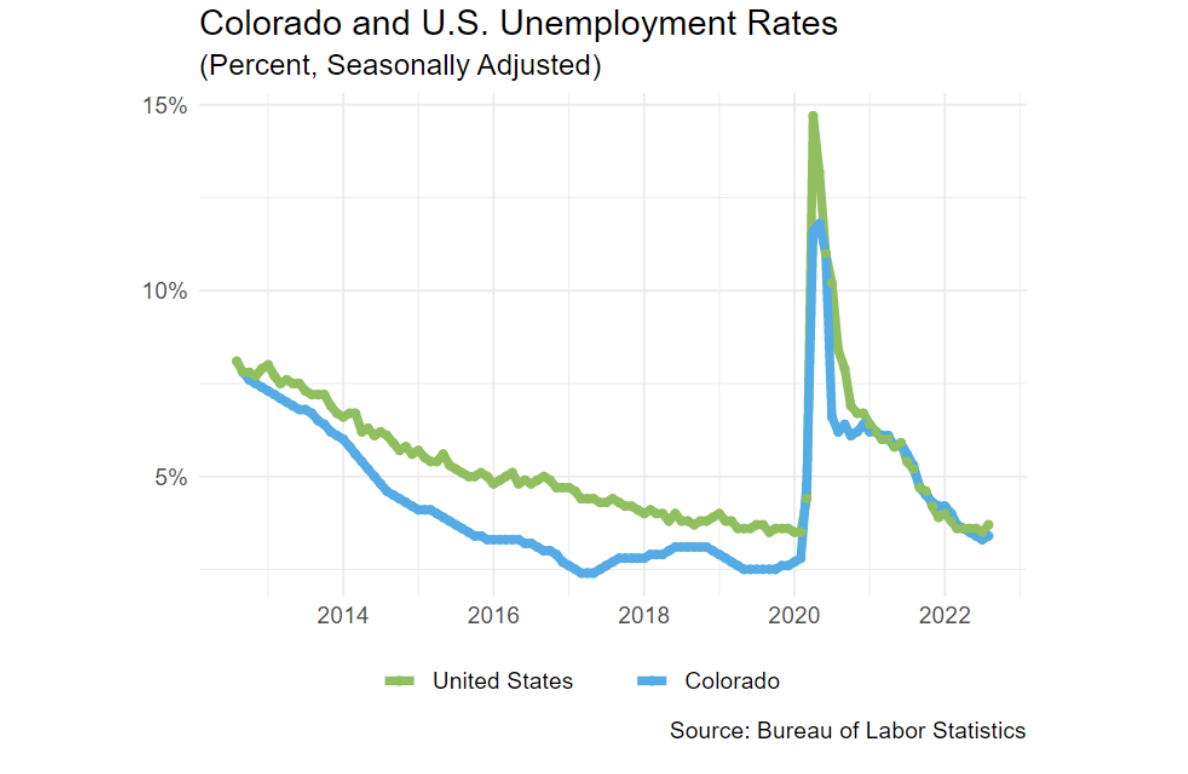Employee engagement is always important to keep a business running smoothly and successfully. In the time of The Great Resignation and “quiet quitting,” leaders must get creative. More attention must be paid to employee needs from pay to overall quality of life.
READ: 6 Ways to Find New Employees During the “Great Resignation”
Workplace health
Your job can impact your mental health and physical well-being. Employees are increasingly taking notice of how they feel at a job and factoring burnout and lack of support into their decisions to work elsewhere. The health of employees is vital from an ethical standpoint but also in order to preserve efficiency and productivity. If your staff is hurting, physically or emotionally, so will your bottom line.
Employee burnout results from putting too much pressure on employees and not providing enough engaging activities. Leaders should focus on integrating staff into the workplace culture and putting their health first. Productivity will follow inherently. For example, Colorado tech company, SumUp, emphasizes team events and has seen a shift in overall business success from doing so.
More employees work from home now than ever. In fact, Denver has the 12th largest remote workforce in the nation, when considering cities with 300,000 people or more. The number of people who work from home in Colorado jumped from 9% to 24% remote employees from 2019 to 2021. This is a massive change, and leaders should be aware of how this impacts employee health and engagement.
For instance, working from home can exacerbate chronic pain from spending long hours at less-than-comfortable desks. Providing ergonomic home office accessories can help your employees live a healthier lifestyle while still being able to work remotely. This could include standing desks, ergonomic office chairs, or even blue light glasses that prevent eye strain.
READ: Managing a Remote Work Team with Communication and Ease
Along the same vein, team events may need to be remote, but they should be plentiful, optional and engaging. Employees should want to come to work every day. Otherwise, they simply won’t — whether that’s physically or mentally.
Increased flexibility and transparency
When it’s tougher to get employees to “show up,” leaders have a responsibility to incentivize them to do so. Put your focus on the quality of life at work to inspire confidence in your company and workforce. One of the best ways to increase employee satisfaction and engagement is to trust them — and to encourage them to trust you.
Giving employees the autonomy to choose when and how they work can do wonders for your engagement rate. Adopt a more flexible schedule and don’t micromanage employees by tracking their every keystroke. You’ll be surprised how a little wiggle room encourages them to work more often and efficiently. And when they do, recognize their efforts companywide.
Perhaps more importantly, treat employees as part of the team. This may seem obvious, but people value transparency in the workplace. Rather than being blindsided by layoffs or company policy changes, keep your workforce in the loop as much as possible. Some things are on a need-to-know basis, but be as transparent as you can as quickly as you can, and employees will respond positively.
Fair wages and benefits
This new wave of employees also expects to be rewarded fairly for their hard work. Only 32% of the current workforce believe their pay is fair. You can stand out from the competition by adhering to these expectations.
Pay staff as much as you can, because they are likely to shop around for a better offer somewhere else if they feel under-compensated. The internet has provided job seekers — and current employees — the opportunity to see how other employees are being paid within their industry. Make sure to offer as much as you can to show staff that you value their time and expertise.
This also includes benefits. Ping-pong tables and nap pods may look inviting when recruiting initially. However, long-term employees value tangible, useful benefits at the end of the day. Think about your unique workforce and what would benefit them the most. That can include stellar health insurance, a free gym membership or even flexible maternity and paternity leave policies.
READ: 5 Tips for Building a Strong Company Culture in a Hybrid Work Environment
Putting employees first
Above all, put your employees first. This seems cliche, but it takes a strong head and a big heart to lead in this new era of employee engagement. Ask for feedback, optimize your engagement strategies and constantly communicate in order to meet the unique needs of your staff. Your bottom line and engagement rates will thank you.
 Indiana Lee is a writer, reader, and jigsaw puzzle enthusiast from the Pacific Northwest. An expert on business operations, leadership, marketing, and lifestyle, you can connect with her on LinkedIn.
Indiana Lee is a writer, reader, and jigsaw puzzle enthusiast from the Pacific Northwest. An expert on business operations, leadership, marketing, and lifestyle, you can connect with her on LinkedIn.



 Kathleen Quinn Votaw is Founder/CEO and Speaker/Author of
Kathleen Quinn Votaw is Founder/CEO and Speaker/Author of 




